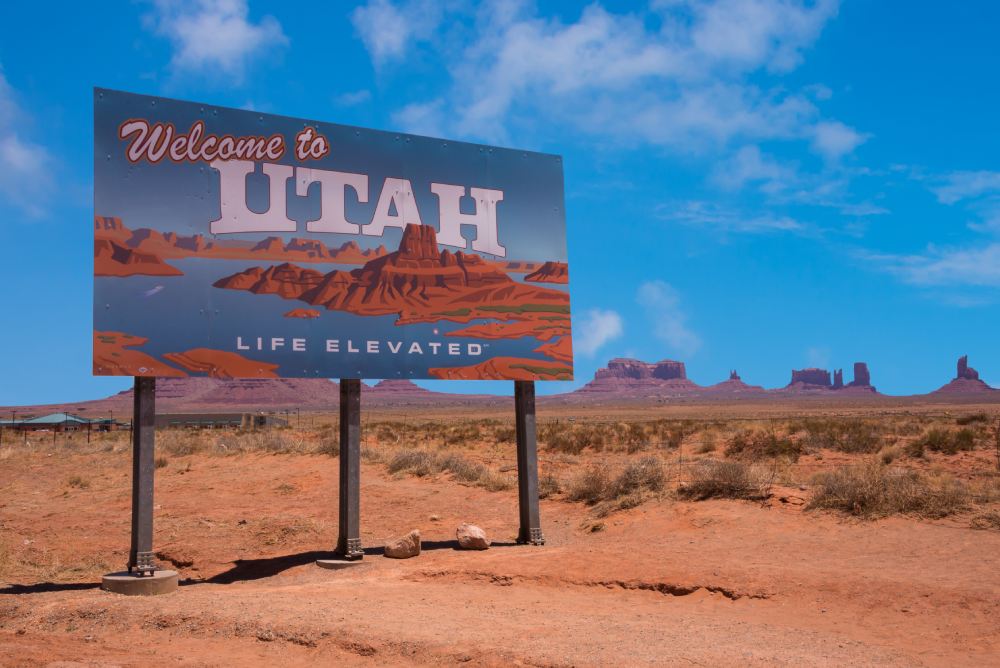Navigating the aftermath of a traffic accident in Utah can be a complex and daunting process, especially when it comes to understanding your accident report in Utah. These documents are vital for anyone involved in an accident, as they provide a detailed account of the event, encompassing everything from the parties involved to the specific road conditions at the time. Recognizing the significance of these reports is the first step towards managing insurance claims, legal matters, and personal recovery effectively.
This blog aims to guide you through the key components of Utah accident reports, ensuring that you’re well-equipped to interpret the information they contain.
Gathering the Basics
Deciphering the Fundamentals of Utah Crash Reports
Utah accident reports serve as the official record of traffic accidents across the state, from the bustling streets of Salt Lake City to the serene roads of Wasatch County. Obtaining a copy of your accident report is crucial, as it forms the foundation for any insurance claims and legal actions that may follow.
These reports are typically filed by the responding officers from the Utah Highway Patrol or local law enforcement agencies. They include basic yet essential information such as the date, time, and location of the accident, alongside a preliminary assessment of what occurred.
Identifying Parties Involved
Who’s Who in Your Accident Report
A critical section of the Utah car accident reports is the detailed listing of all individuals involved in the incident. This includes drivers, passengers, and any pedestrians, along with their contact information and insurance details. This part of the report is indispensable for facilitating communication between the parties involved and for initiating insurance claims.
It ensures that all relevant parties are identified and that their roles in the accident are clearly outlined, providing a clear starting point for any necessary follow-up actions.
Understanding the Incident
Breaking Down the Accident Details
The narrative section of the report, provided by the responding officers from the Utah Highway Patrol or local law enforcement, offers a comprehensive description of the accident. This narrative is crucial for understanding how and why the accident occurred, detailing the events leading up to the collision, the impact, and the immediate aftermath. It’s this section that often provides the most insight into the accident, contributing significantly to determinations of fault and liability.
Analyzing Diagrams and Photos
Visual Insights into Your Traffic Accident
Utah crash reports often include diagrams and, in some cases, photos from the accident scene. These visual elements are invaluable for grasping the layout of the accident site, the positions of the vehicles involved, and points of impact. They offer a visual complement to the written narrative, helping to clarify any ambiguities and providing a clearer picture of the accident’s dynamics. Understanding these diagrams and photos is essential for anyone looking to fully comprehend the circumstances of their accident.
Legal and Enforcement Actions
Law Enforcement Observations and Actions
The observations and actions of the Utah Highway Patrol or other law enforcement officers at the scene are meticulously documented in the accident report. This includes any citations issued or notes on violations of traffic laws, which can have significant implications for insurance claims and legal proceedings. This section of the Utah Highway Patrol accident report sheds light on the official law enforcement perspective on the accident, which can be instrumental in establishing fault and guiding the resolution of any disputes arising from the incident.

Road Conditions and Environmental Factors
The Role of Road Conditions in Your Accident
A pivotal aspect of Utah accident reports is the documentation of road conditions and environmental factors at the time of the accident. This includes weather conditions, visibility, and the state of the roadway itself.
For instance, if an accident occurred during a snowstorm in Wasatch County or amidst the bustling traffic of Salt Lake City, these details are crucial for understanding how external factors may have contributed to the accident. Recognizing the role of road conditions in an accident is essential for assessing liability, especially in Utah where weather can significantly impact driving safety.
Witness Statements
The Value of Third-Party Perspectives
Witness statements collected at the scene offer vital third-party perspectives on the accident. These accounts are included in Utah crash reports and can corroborate or challenge the narratives provided by the involved parties. Witness observations can be particularly influential in cases where the details of the accident are disputed or unclear. Their impartial perspectives provide additional context, helping insurance companies, law enforcement, and legal professionals piece together an accurate account of the events.
Determining Fault and Liability
Navigating Fault and Liability Through Your Report
Utah accident reports play a crucial role in the determination of fault and liability. The observations and conclusions drawn by the Utah Highway Patrol or local law enforcement are instrumental in this process. This section of the report assesses the actions of each party involved in relation to Utah traffic laws, offering insights that can influence insurance claim outcomes and legal strategies. Understanding how fault is determined and its implications can guide individuals in their next steps, whether it’s filing an insurance claim or seeking legal recourse.
Insurance Information and Next Steps
Using Your Report for Insurance and Recovery
Armed with the accident report, individuals can navigate their insurance claims with greater confidence. The report provides insurance companies with a detailed account of the accident, including the extent of damages and potential liabilities.
This information is critical for processing claims accurately and efficiently. Moreover, the report can serve as a roadmap for recovery, outlining the damages incurred and the necessary repairs or medical attention needed. It’s a crucial tool for individuals looking to rebuild and recover in the aftermath of a car accident in Utah.
Seeking Legal Assistance
When to Consult a Lawyer
In more complex cases, or when disputes arise from the accident, consulting with a legal professional may be the best course of action. A lawyer specializing in traffic accidents can provide valuable guidance on interpreting Utah accident reports, navigating insurance claims, and asserting your rights. They can help clarify the legal implications of the report’s findings and represent you in any proceedings. For those facing significant damages, injuries, or disputes over fault, legal assistance can be invaluable in securing a fair and just outcome.
Conclusion
Utah accident reports are more than just bureaucratic paperwork; they are comprehensive documents that capture the complexity of traffic accidents. From the environmental conditions on the roads of Salt Lake City to the legal assessments by the Utah Highway Patrol, each section of the report offers crucial insights.
Understanding these reports is essential for anyone involved in an accident, as they provide the foundation for navigating insurance claims, legal processes, and personal recovery. Whether you’re dealing with minor damages or significant injuries, the detailed account provided by your Utah accident report is your first step towards resolution.
We encourage all involved in a traffic accident to seek the full benefit of these reports, leveraging the detailed information they contain to advocate for their rights and recovery.
